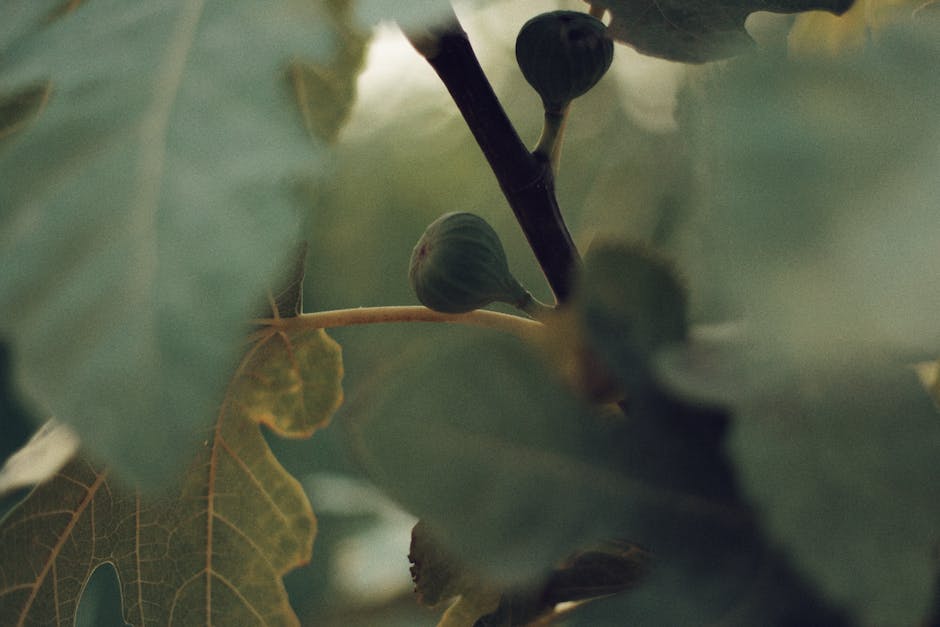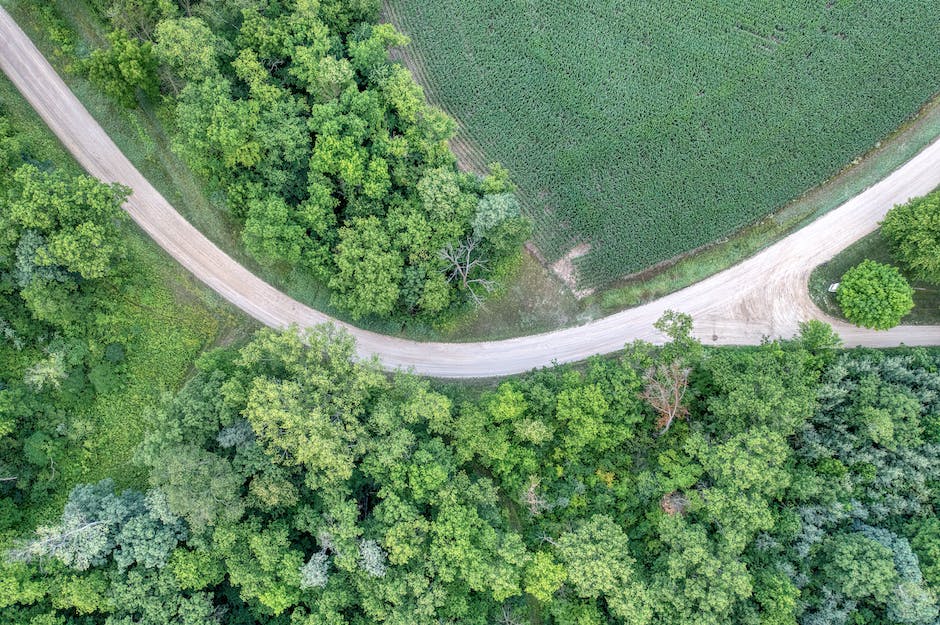Grow Your Own Fig Tree From Cuttings

Gaining the ability to grow your very own fig tree from a small cutting is not only a rewarding skill but also one that contributes to sustainable living. This guide will walk you through the delicate yet fulfilling process of propagating fig trees, starting from the crucial stage of preparing the cuttings. You will learn about the best times to take the cutting, which part of the tree is ideal to cut from, and how to nurture the cutting to ensure a high survival chance. The journey won’t stop there; we will delve into the art of providing adequate care, from planting in the right soil, ensuring an optimal sunlight balance, and maintaining a watering and fertilizing schedule. Lastly, no planting guide will be complete without a practical guide to troubleshoot commonly encountered issues – from recognizing disease symptoms, fostering healthy root development to preventing pesky pest attacks.
Preparing the Cuttings
The Road To Success With Fig Tree Cuttings: A Savvy Guide
Fig tree propagation can seem like an intricate dance to some, combining the right mix of timing, handling, and care. But in reality, it’s all part of a dynamic journey filled with miniature triumphs and lessons learned. Excited yet? You should be! Take the first step to become a virtuoso of fig tree propagation with this guide on preparing fig tree cuttings.
First up, it’s crucial to determine the perfect time to go snipping. Midwinter, typically around the end of January to the beginning of February, is an optimal moment to secure hardwood cuttings from fig trees. Trees have fallen beautifully dormant at this point, offering an optimal state for pruning and taking cuttings.
Sizing matters! The right size of the cutting, approximately 6 to 8 inches long or about the length of a pencil, is key in the production of a healthy tree. Cuttings should be ideally packed with 3-5 nodes (the swellings where leaves attach to the stem) which hold the potency to grow into new branches.
Equipped with sharp, clean pruners, cut straight across the bottom of the cutting, and make an angled cut at the top. This distinguishment between the top and the bottom ensures precise orientation when planting. The bottom should always be the area submerged in soil.
With fig tree cuttings, cleanliness is truly next to godliness. It’s important to wash the cuttings thoroughly using a diluted bleach solution (one part bleach to ten parts water). This step aids significantly in the prevention of fungal diseases. After a good rinse, dry the cuttings and get ready to move to the next step.
Rooting hormone may not be mandatory for figs, but it’s certainly an added insurance! Dip the bottom end of your cutting into a rooting hormone, which promotes stronger, faster root development. Make sure to shake off any excess to avoid an overload.
Fig tree cuttings are ready-to-plant entities of future growth. This preparation stage sets a solid foundation on which this wonderful hobby builds upon, creating not just trees, but a thriving orchard of success stories.
And so, with clean, adequately-sized, hormone-dipped cuttings, the journey ahead is already looking bright. Remember, at its core, propagation isn’t just about creating new trees, it’s about connecting with nature, and nurturing a love for growth. Onward then, to planting and beyond!

Planting and Care
Heading: Nurturing your Fig Cutting into a Flourishing Tree
In this everlasting journey of fig tree propagation, understanding the nuances of fig tree care can spur a sprout to a mighty tree. If you’re already equipped with the sapling and knowledge of how and when to get the perfect cutting, the upcoming journey of nurturing it into a flowering tree will be a mix of patience, attention, and consistent care.
Repotting: From Cutting to Plant
The moment when your cutting showcases signs of initial root development is thrilling, but this is where your duty begins. It’s time for repotting your striking little baby. Choosing a pot is paramount; it should be spacious enough for healthy root expansion, yet compact enough to allow moisture retention. Aim for a depth of at least twice the size of the root ball and use a potting mix, preferably a combo of perlite and peat moss, to ensure optimum water retention and aeration.
Emphasize Light and Temperature
Your infant fig tree desires a lot of light, not necessarily direct, but bright light is a must for promoting strong growth. A south-facing window is an ideal location for your tiny fig tree. However, it’s essential to maintain an ambient temperature around 70-85 degrees Fahrenheit, avoiding any sudden temperature drops to protect your delicate cutting from any stress.
Watering: Keep it Humid but Well-drained
Figs are lovers of water, but they despise waterlogged conditions. Regular, deep watering is the key to a content fig tree, ensuring the water reaches the deepest root. But remember, over-watering can lead to root rot & other fungal diseases. Therefore, allowing the top inch of the soil to dry between watering spells can rectify such issues.
Provide Nutrients: Feed the Roots!
Between the transition of spring to summer, when your fig manifests dynamic growth, supplying a well-balanced, water-soluble fertilizer can do wonders. Aim to feed it with high potash feed which encourages flowering and fruiting.
Take Care of Pests & Diseases
While you’re fulfilling all the nurturing needs of your fig tree, you’re bound to attract some uninvited guests! Being vigilant about the appearance of any pests or diseases will save you a lot of trouble. Watch for common pests like aphids, mealybugs & spider mites or diseases like rust & leaf blight. Use organic pesticides and practice good cleanliness to keep these issues at bay.
Yearly Pruning: Less is More!
Your fig tree doesn’t need hard pruning. A minor trim during late winter to early spring would suffice. Remove any dead, diseased, or weak branches to encourage healthier growth the forthcoming season.
Voila! Your precious cutting has embarked on its journey to transform into a fruitful tree. At every stage, remember it’s not just about growing a tree, but creating a bond with nature. Each step brings you closer to the rhythm of the earth and the beauty of growth. Here’s to raising fig trees and connecting with our roots! One part strategy, two parts love. And the love, that’s the most important part. Happy Growing!

Troubleshooting Common Problems
As we delve further into the remarkable world of fig tree propagation, it’s essential to illuminate some practical insights on common problems faced when growing fig trees from a cutting. Fear not, intrepid horticulturists! These issues can be managed easily with the right knowledge.
An aspect of fig tree management that cannot be overlooked is the transition from cutting to plant. It’s an exciting milestone when your cutting thrives and is ready for its journey to an independent life in a new pot or the garden. A common mistake during repotting is root damage. The sensitive roots of a young fig cutting can suffer in the repotting process, causing stunted growth or even plant death. To avoid this, ensure minimal disturbance to the roots during transfer, use well-draining soil suitable for figs, and do not water immediately after repotting.
Lighting and correct temperature play an incalculable role in the health and stability of your fig sapling. Fig trees are lovers of the sun. Overcast conditions, or placing your plant in a dark area, can lead to leggy growth and weak stems, reducing the cutting’s ability to support the developing fig fruit. Gift your sapling a sunny window sill, or if growing outdoors, a well-lit area with some afternoon shade to prevent leaf burn. An optimum temperature for growing fig trees is between 60-85 degrees Fahrenheit. Higher or lower temperatures can cause stunted growth or frost damage, respectively.
Watering, specifically achieving that just-right blend of humidity and drainage, can be a real challenge. Overwatering can lead to root rot, a common killer of fig saplings, whereas underwatering may cause wilting and reduced vigour. The key here is balance – fig cuttings benefit from a humid environment, but the soil must be well-draining to avoid waterlogging the roots.
With thriving roots, comes the need for sufficient nutrients. A fig sapling, newly released from the snug security of cutting life, requires regular feeding to support its growth. An undernourished fig tree can exhibit stunted growth, yellowing leaves, or poor fruiting. Use a balanced, slow-release fertilizer to gently nourish your fig tree without the risk of root burn.
Unfortunately, pests and diseases are a ubiquitous hazard in the grand adventure of fig tree growing. Root-knot nematodes, fig rust, and aphids are common threats. Prevention can be as simple as regular inspections, using sterilized compost, and avoiding overhead watering to maintain dry leaves. Still, do rely on appropriate natural or chemical treatments if required.
Lastly, let’s not forget the importance of an annual prune! New hobbyists may hesitate, but a well-pruned fig tree equals a happy fig tree. Overgrown trees can lead to reduced sunlight penetration and poor air circulation, increasing disease risk and reducing yield. Prune your fig tree in late winter, removing all dead, diseased, or crossing branches while maintaining a clean central structure. Remember, less truly is more!
So, there you have it, a comprehensive guide to handling those pesky problems faced when nurturing a fig tree from a cutting. Now, you’re one step closer to enjoying the fruits of your labour!

Mastering the art and science behind successfully growing a fig tree from cuttings is both fascinating and beneficial. Grasping the proper way of preparing cuttings and understanding the right planting and nurturing methods takes us one step closer to nature, enhancing our sustainable gardening practices. With the skilled knowledge you have learned about fostering fig tree cuttings and the detailed care that follows, you can now turn cuttings into thriving, fruit-bearing trees. Remember, troubleshooting is equally important as knowing how to plant. So, remain attentive to common diseases, root development issues, and pests for a healthy harvest. Here’s to the joy of planting and the thrill of seeing your fig tree flourish from just a mere cutting!



